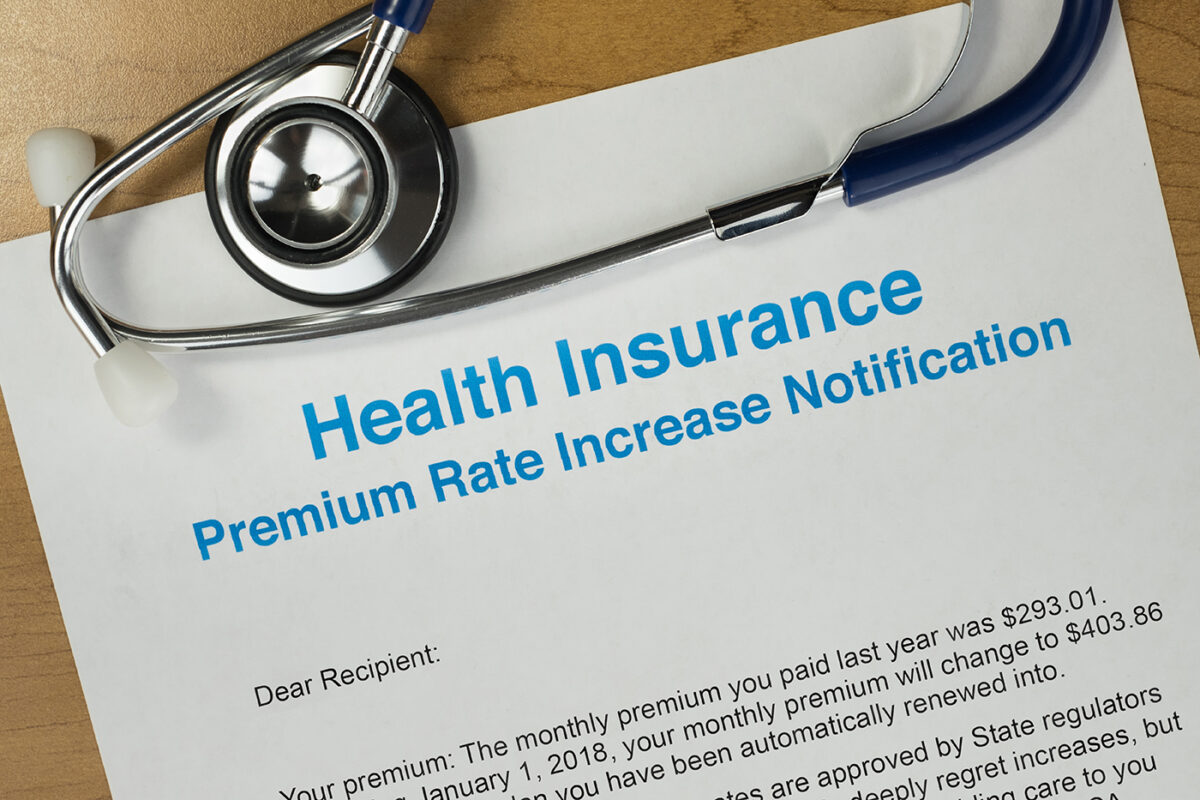
On August 24, the U.S. Preventive Services Task Force (USPSTF) released a final recommendation advising healthcare providers to screen for prediabetes and Type 2 diabetes in adults aged 35 to 70 who are overweight or obese.
A previous recommendation, finalized in 2015, called for initiating these screenings at age 40. Based on data suggesting that the incidence of diabetes increases at age 35 compared with younger ages and on the evidence for the benefits of interventions for newly diagnosed diabetes (discussed below), the USPSTF has decreased the age at which to begin screening to 35.
As the evidence review by the USPSTF indicates, prediabetes and diabetes diagnoses have been steadily increasing among adults, with approximately one-third having prediabetes, which can progress to Type 2 diabetes. Both conditions are strongly associated with being overweight or obese, defined in adults as having a body mass index (BMI) of 25 to <30 (overweight) or 30 or higher (obese).
In Arkansas, 33.2% of adults were overweight and 37.4% were obese as of 2019. Arkansas has the third-highest percentage of adults who are obese among all 50 states, surpassed only by West Virginia (39.7%) and Mississippi (40.8%).
ACHI has been involved in the statewide data collection and analysis of Arkansas student BMI data for the past 17 years, with the collection of this information required by Act 1220 of 2003. Based on the latest report, 23% of public school-aged children in Arkansas were classified as obese during the 2019-2020 school year. To help combat the state’s obesity epidemic, Healthy Active Arkansas was formed in 2015. Healthy Active Arkansas is a coalition of public- and private-sector stakeholders working to engage individuals, communities, schools, employers, and local governments to find ways to make healthy eating and physical activity easier for all Arkansans.
The USPSTF also recommended that providers consider even earlier screening for individuals who are at higher risk for diabetes due to their family history or their personal history of gestational diabetes, and for people who are in certain racial groups, including Blacks and Hispanics, who are at higher risk for the disease.
The draft recommendation was given a “B” grade by the USPSTF, meaning the panel recommends the service and there is high certainty that the net benefit is moderate or there is moderate certainty that the net benefit is moderate to substantial. Recommendation grades range from A (highest certainty of substantial benefit of service) to D (moderate or high certainty of no net benefit or the harms outweigh the benefits of the service). Under the Affordable Care Act’s definition of covered preventive services, certain health plans are required to provide coverage for services with a grade of A or B.
These health plans include private health insurance plans, except for plans purchased prior to the Affordable Care Act’s March 2010 implementation date, known as non-grandfathered plans. Medicare is required to cover A and B services without cost-sharing if the services are determined to be “reasonable and necessary for prevention or early detection of illness or disability.” Medicaid expansion coverage includes all preventive health services deemed essential health benefits, and traditional Medicaid coverage incentivizes states to cover A and B recommended services with a 1% increase in the federal match assistance percentage for those services.
The USPSTF is an independent, voluntary panel of national health experts in disease prevention and evidence-based medicine. Recommendations from the USPSTF are based on a review of high-quality scientific evidence, and the goal of the recommendations is not only to offer guidance to healthcare providers but also to provide patients and their families with accurate and up-to-date information.






